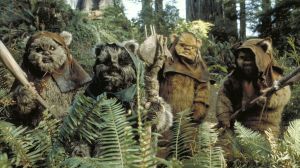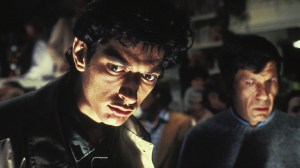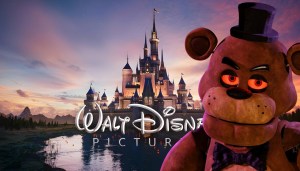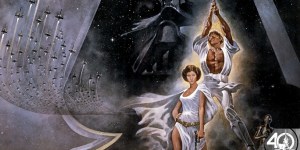When writer/director Colin Trevorrow leapt into reviving the Jurassic Park saga with Jurassic World, one image above all guided his creative vision. A little over a year before World’s debut, Trevorrow revealed “we imagined a teenager texting his girlfriend with his back to a T-Rex behind protective glass.” This notion of public apathy to dinosaurs decades after Jurassic Park (meant to double as commentary for how audiences feel about visual effects) has carried over into all subsequent franchise entries. Jurassic World Rebirth, for instance, shows dino-centric museums closing down and people being more irritated than amazed at a prehistoric beast halting traffic.
Videos by ComicBook.com
This approach has permeated all post-2001 dinosaur movies, and it’s, for lack of a better word, a lie. The concept of the general public getting sick of dinosaurs is nonsensical and it’s only gotten more ludicrous with newer Jurassic Park sequels like Jurassic World Rebirth.
People Love Seeing Familiar Animals. Why Would Dinosaurs Be The Exception?
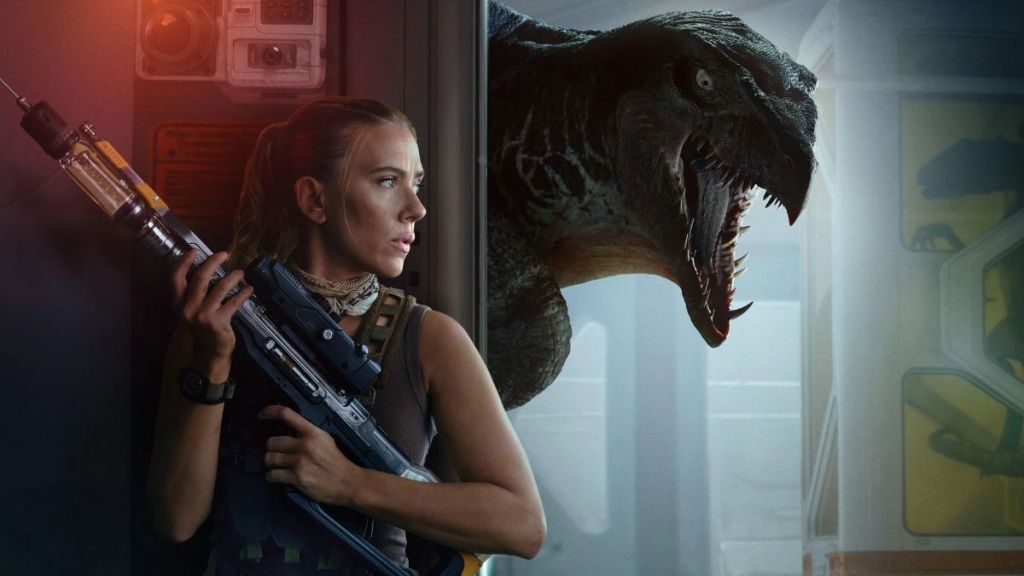
All over social media, there are Instagram or Facebook pages hinging on people’s undying passion for certain animals. Folks still “ooo” and “aah” at new videos of critters like Fiona the Hippo or Doug the Pug like they’re seeing these creatures for the very first time. If these animals that have existed for centuries can instill unwavering loyalty from the broader public, then it stands to reason the miraculous return of dinosaurs would engineer similar passion. It may not be surprising to see a T-Rex 32 years after Jurassic Park’s events, but those social media pages demonstrate people never get tired of animals they hold deep fondness for.
That reality alone makes the Jurassic World saga’s reliance on the “people are tired of dinoaurs” narrative motif frustrating. To boot, it’s also a flimsy allegory for visual effects techniques. Trevorrow intended for increased apathy for dinosaurs to reflect the real-world public’s growing disillusionment with visual effects-driven cinema. It’s already strange to try and make people’s relationships with living, breathing organisms a 1:1 parallel to people’s relationships with CG-oriented movies.
However, it doesn’t make much sense in the confines of the most basic Jurassic Park lore. Audiences often grow tired of VFX-driven movies because studios all around the world indulge in the process (to varying degrees of quality). In the Jurassic Park universe, however, InGen has been the only one to ever launch a fully operational dinosaur theme park; other organizations have tried to get in on the action (see: The Lost World’s villains), but there haven’t been other true rivals in the dino-cloning business.
Without that omnipresence in society, making dinosaurs stand in for visual effects-dominated movies doesn’t make much sense. Centering the Jurassic World features around people being done with dinosaurs also doesn’t align much with reality, where audiences show up in droves, globally, for new installments of the series. The allure of dinosaurs is strong in our universe. Why are the Jurassic World movies so constantly intent, then, on saying people would get tired of them in a New York minute?
Can The Jurassic World Saga Backtrack From This Theme?
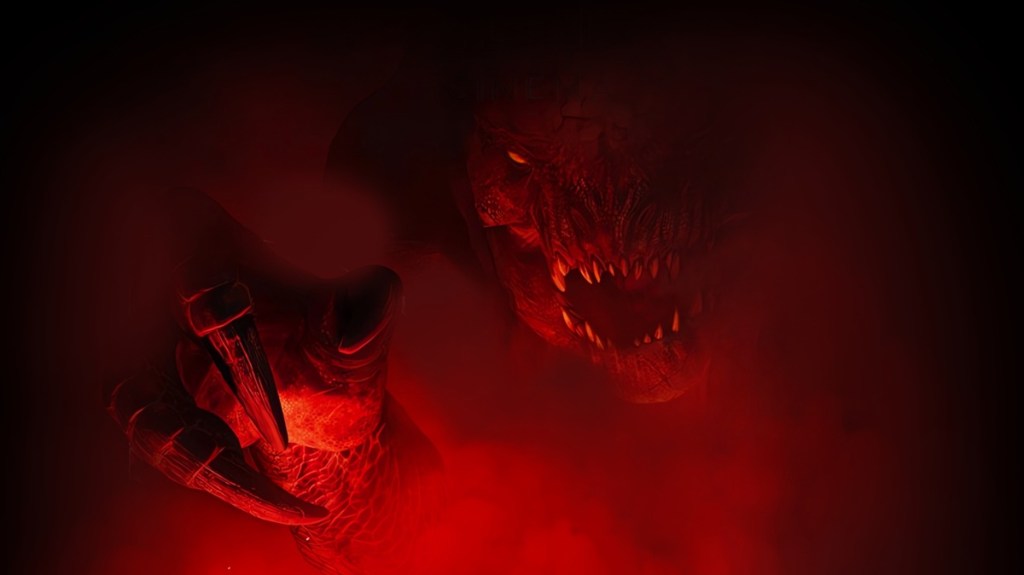
In the Jurassic Park universe, growing apathy towards dinosaurs inspired InGen scientists to create new dinosaurs that could reignite people’s passion for the Jurassic World theme park. This is where creatures like the Indominus Rex, Indo-Raptor, and Jurassic World Rebirth’s D-Rex came from. Being the impetus for this weird trend in recent Jurassic World installments is another strike against this emphasis on people losing interest in all prehistoric creatures. These beings, especially the dismally designed D-Rex, are just not very interesting and have ensured the various Jurassic World installments bleed together.
Frustratingly, despite being responsible for so many problems in the newest Jurassic Park sequels, it’ll be hard for the inevitable future Jurassic World movies to backtrack from this shortcoming. Now that dinosaurs, per Rebirth, have basically gone extinct from all but a handful of spots on Earth, there won’t be many further opportunities to show the public’s relationship to these beasts. It would require immense lore-rewriting to get this franchise back to a spot where one could organically reaffirm people being in love with these creatures once more.
Wherever these movies go next, hopefully, the Jurassic World saga at least demonstrates some love behind the scenes for these beasts. An insistence on this apathy conceit and constantly relegating the dinosaurs to the background of the four Jurassic World movies has inspired a quartet of features where the people behind the camera (whether intentionally or not) just don’t seem to have much interest in dinosaurs. It’d be lovely to watch a Jurassic Park sequel exuding love for all things dino-related rather than a feature continuing to cling to the lie that people would get sick of resurrected dinosaurs after a few years.
Jurassic World Rebirth is now playing in theaters.


